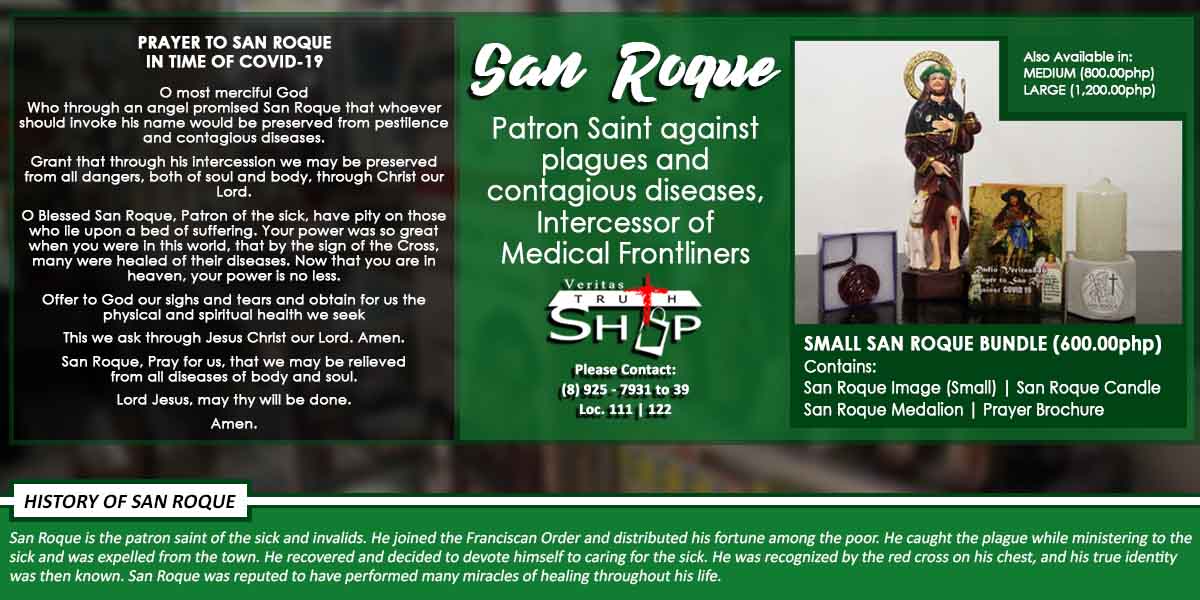292 total views
Considered by scholars as an epilogue, John 21 narrates another appearance of Jesus after his resurrection to his disciples this time in Galilee. The story contains many peculiarities which are not typically Johannine, (though not totally devoid of it), and seem to be independent of those in Ch. 20. Nevertheless it is believed to be added before the publication of the gospel that is why it appears in all manuscripts.
The first part of the narrative (vv1-10) is seemingly a variant of the fishing scene in Luke 5:1-11 with which it shares notable likeness, in particular the identification of “fishing” with the apostolic mission (v.3; Mt 4:19; Mk 1:17). Thus the verb ‘elkō (ἑλκω) translated as drag, haul in or pull in the net used for fishing (vv6,11) pictures the apostles engaged in their now highly symbolic occupation as fishermen. The fruitfulness of the mission is attributed to the presence of Christ (v6; Lk 5:4). The number 153 (v11) remains enigmatic. If it is an actual memory it probably took on the significance of a very large number, pointing to the growth of the Church. And with Peter himself hauling in the net (v11), his singular role in the church, after his restoration through his threefold attestation of love (vv 15f) is underlined (cf Mt 16:18f; Lk 22:32).
The fishing of the apostles is symbolic of the church’s effort in evangelization, a process which begins with the apostles’ preaching the Lordship of Christ before the Jewish leadership and general population in Jerusalem. The early preaching was as dauntless as dangerous (cf Acts 5:27-41). Yet the church has no other choice but to proclaim and to evangelize. We all share in that apostolic mission. Indeed, we have no choice, if we truly love Jesus, as Peter and the apostles did.

















